Challenge
Our client is a respected leader in offshore oil and gas operations, with an FPSO stationed off the coast of Ivory Coast. Operating in such a remote and demanding environment presents daily challenges. Long transfers to the vessel, combined with high temperatures and humidity, place significant strain on both personnel and the asset itself—making proactive maintenance and structural integrity a top priority.
Determined to uphold the highest standards of safety, efficiency, and performance, while overcoming environmental and logistical obstacles faced in the region, the client continues to embrace innovation. One area they identified for improvement was anomaly management. The process was time-consuming and heavily reliant on offshore teams for information. They saw an opportunity to streamline this by making their FPSO accessible through the R2S platform to reduce the number of information requests to offshore teams and give the integrity team a more complete picture of asset condition.
Solution
The team had already been using R2S to review inspection reports. But they realised the platform could do more—much more. What if they could bring anomaly data into the same visual environment? What if they could see exactly where each issue was, understand its context, and act faster?
The Integrity team realised that R2S could become a valuable component of the wider integrity management process and ultimately move them forward in achieving greater efficiency.
Together, they transformed the way anomalies were managed—by integrating them directly into the R2S platform.
Here’s what changed:
- A visual map of anomalies was seamlessly integrates with additional layers of data on general arrangement drawings and 360° imagery, allowing the team to explore anomaly data from a new viewpoint, enhancing planning and execution workflows.
- Over 90% of anomalies from their IFS system were tagged and placed in their exact locations using XYZ platform coordinates, enabling rapid access to relevant metadata associated with each anomaly.
- Custom icons showed criticality and target completion dates, helping teams prioritise at a glance.
The result? A clearer, more intuitive way to manage integrity—one that fits naturally into how integrity teams work.
Value
This wasn’t just a tech upgrade. It was a shift in how the team worked together:
- Fewer information requests to offshore teams
- Faster planning and execution of maintenance
- Improved visibility into asset condition
- Reduced offshore travel, lowering both risk and cost
- More confident decisions, backed by real-time, visual data
This resulted in proactive maintenance strategies and informed decision-making. The successful collaboration demonstrates the transformative impact of innovation and technology in optimising offshore operations. It’s about more than ticking boxes—it’s about protecting people, assets, and performance. By making the process more visual, more connected, and more intuitive, R2S helped this team move from reactive to proactive.
They didn’t just improve efficiency. They built a foundation for safer, smarter operations.



 Read James Fisher and Sons plc's latest Annual Report
Read James Fisher and Sons plc's latest Annual Report